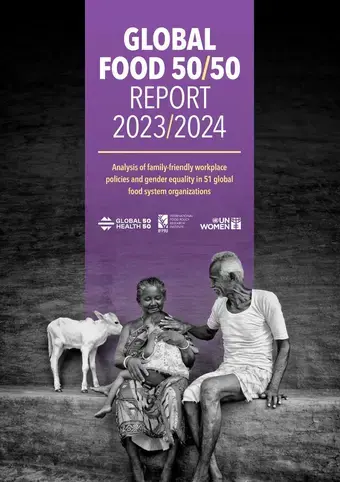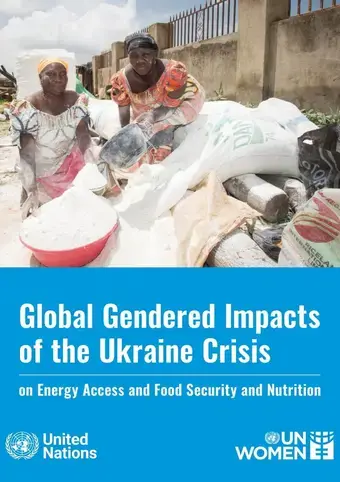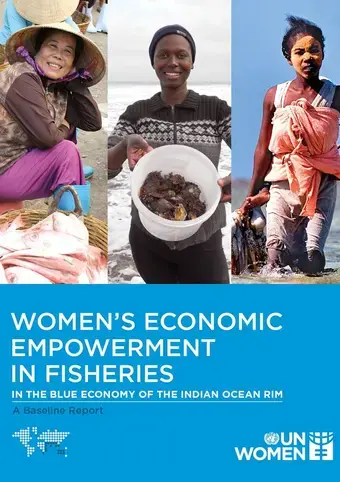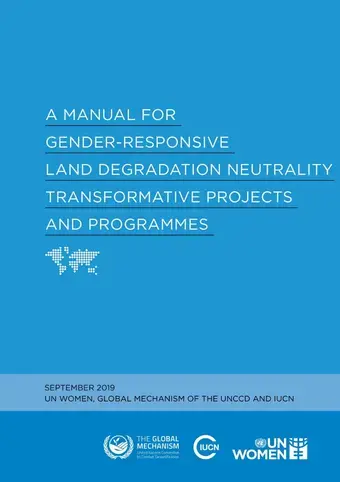SDG 2 – Zero hunger
One third of women globally consume diets that are not diverse enough
Food insecurity affects women more than men. In 2024, the gender gap in the global prevalence of moderate or severe food insecurity increased to 1.9 percentage points compared to 1.3 in 2023; women experienced higher rates (26.1 per cent) than men (24.2 per cent). In 2024, 822.3 million female adults were moderately or severely food insecure vs 758.8 million male adults. Food insecurity and inadequate dietary intake go hand in hand. Globally, among women of reproductive age who faced severe food insecurity in 2023, 53.3 per cent did not consume sufficient nutrients, compared to only a third of women who were food secure or faced mild food insecurity. In some countries, the situation is especially dire. Only 12.7 per cent and 20.8 per cent of women in Uganda and Mozambique, respectively, consumed food with sufficient nutrients. In Nigeria, while 84 per cent of urban women ate meat, poultry or fish, only 59 per cent of rural women did.
Nearly 64 million
more women are food insecure than men
Dietary deficiencies worsen health among women and girls. Anaemia is closely linked to inadequate nutrition as well as inherited disorders, infections, gynaecological and obstetric conditions, and chronic diseases causing blood loss. During pregnancy, anaemia increases risks of preterm delivery and low birthweight. It hinders child growth and learning, especially in poorer households, and threatens work capacity. In Southern Asia, anaemia results in an estimated annual loss of $32.5 billion, sustaining cycles of poverty and ill health. Disruptions to health and nutrition programmes caused by global health funding cuts could severely hinder further progress in reducing anaemia. Already, current predictions indicate that anaemia rates for women aged 15–49 globally will rise from 31.1 per cent in 2025 to 33 per cent by 2030. Without renewed investments, the increase could be even sharper, moving the world further away from the global target of a 50 per cent reduction by 2030.





